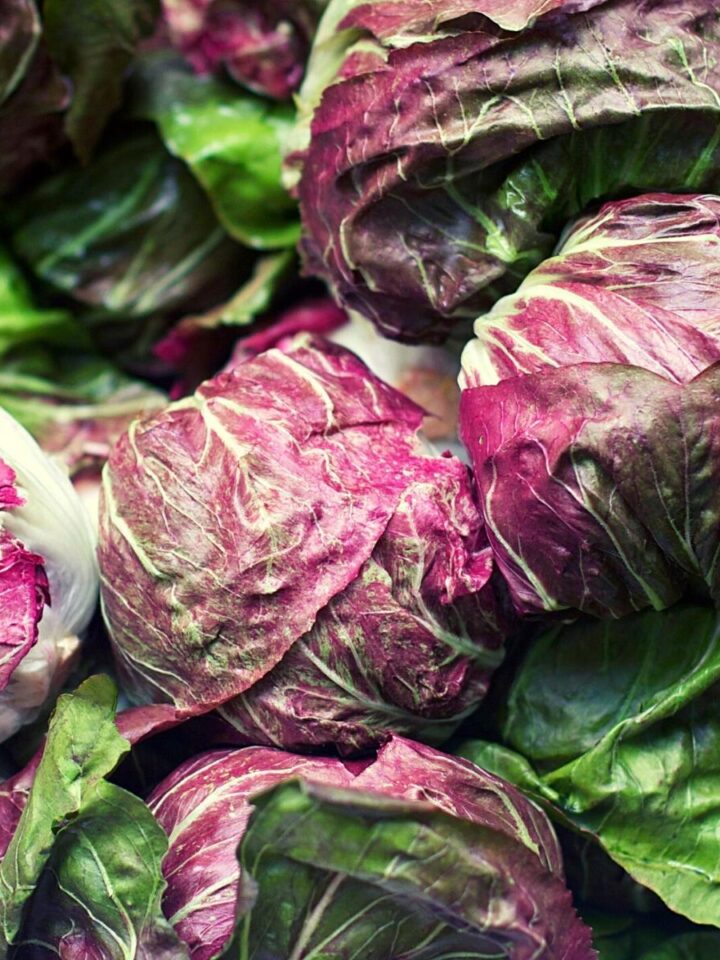This post contains affiliate links, which means I will make a commission at no extra cost to you should you click through and make a purchase. As an Amazon Associate I earn from qualifying purchases.
The celery root or celeriac is delicious and an economical root vegetable that comes in handy during the harsh Canadian winters. It is a type of celery that looks like grapefruit and has a mild sweet flavor.

The vegetable is easily found in the local vegetable sweets in the fall and winter season. One will find them beside root vegetables like turnips and parsnips.
Jump to:
Gardening Tips for Celeriac that Actually Work
Celeriac is fully packed with vitamins, minerals, fibers, and antioxidants. So, celeriac is beneficial for your health in several ways. They are available in your local stores and come fresh in the fall and winter seasons. However, they are usually labeled as celery root instead of ‘celeriac’ in the stores and supermarkets. It is impossible to find perfect celery root without any soft spots but choose one that looks the freshest.
History of Celeriac
Celeriac is a primitive root vegetable and is a variety of wild celery. Essentially found in the Mediterranean and the Middle East, the Egyptians and the Romans mainly consumed the celeriac for medicinal and religious activities. It did not become an essential vegetable until the Middle Ages. In 1623 it got established as a food plant in France. It was cultivated in many parts of Europe for culinary purposes in the 17th century.
Benefits of Celeriac
Celeriac has many benefits bit it mainly boosts the health of the bones and the heart and reduces the chances of contracting diabetes. In a nutshell, celeriac is highly nutritious as it has loads of Vitamins B, C, and K. We all know that vegetables are good for our body and helps us to prevent various diseases. Studies have found out that vegetables like celeriac help to reduce type 2 diabetes. It also plays a significant role in boosting the immune system and controls stress levels.
Basic Celeriac Facts
Celeriac will take around three weeks to germinate; so, one should not worry if it takes a bit long. Take care to keep the compost moist as it should never become dry. It is important to note that celeriac requires a long growing season of almost 120 days and is slow to germinate.
In cold-winter regions, celeriac grows in spring, and in the warm-winter areas, the plant begins to grow in late summer and matures in cool weather. Since it is a slow germination plant, the celeriac is best grown from transplants.
The seeds of celeriac need light to germinate, and the soil should be kept moist. The plant needs a consistent temperature of 70 to 75 degrees F but once the seeds germinate, the temperature can be lowered to 60 to 70 degrees F.
The general rule is that one should sow seeds so that the yield is two to three plants per member of a household as you get one veggie per plant.
Just like any other root vegetable, you need to cook to celeriac before you can have it. You can make lots of recipes with this weird-looking vegetable. But if you are looking for a light dish, then you need not cook celeriac. The raw vegetable has a nutty flavor, so it is good to have it in a stew or add it to a salad.

Gardening Tips for Celeriac: Soil
The celeriac plant must be sown in well-drained soil that is full of organic matter and retains moisture. Since celeriac is a heavy feeder, it is imperative to give a compost tea dressing every three weeks during the growing season.
Planting
The seed should be planted at least ⅛th in deep into the soil. Place a seed cloth over the area where the seeds are sown so that the soil remains moist until the plants sprout. It is not mandatory to plant the celeriac seeds alone in the garden. They are fully compatible with other plants like English peas and lettuce.
Gardening Tips for Celeriac: Plant Care
Since celeriac is shallow-rooted, it would require watering at regular intervals. If the soil lacks moisture, then the plant will stop growing. So the top few inches of the soil should always be kept moist. It is relatively easy to take care of celeriac as it does not have any known pest or severe disease problems.
Harvesting Celeriac
The celeriac needs to be harvested when the swollen roots would be at least four inches. One can use a garden fork to lift the roots, and one should cut the stems as close to the roots as possible. Although the flavor of the veggie indeed increases with a light frost, it is prudent to harvest it before a hard freeze. The leaves of the celeriac are used for flavoring in stews and soups. It is estimated that celeriac seeds need 120 days to harvest fully.

Enjoying Celeriac
Celeriac is so delicious that it can be eaten either raw or cooked. You can use the celeriac in soups, toss it in salads or enjoy it mashed a la potatoes. Before you eat celeriac, you need to slice off the top and the bottom with a knife and then use a peeler to get rid of the skin.
Easy Celeriac Recipe
It is not hard to find celeriac recipes on the net. But we always strive to give the best for you. Although the celeriac looks quite weird, it tastes quite delicious. Here are a few easy celeriac recipes that you should try.





